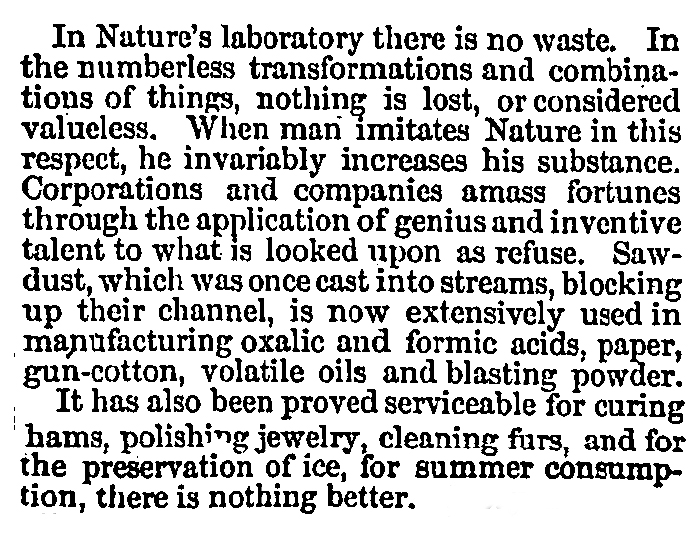Stay well and adorned, x



DBC Darlings,
Shelter-in-place orders made me clean house, literally and figuratively.
Closets, countertops and carpets are a daily tightrope of tidiness. My full focus is not only on the near but also the dear. I’m learning to take better care of the people and things I treasure most. This includes jewelry.
What I have discovered is that the act, and the art, of jewelry care and cleaning is restorative — for jewel and person. Cleaning and caring helps us better connect, now and down the line.
And, in truth, connection to material objects is a good thing.
In their book, The Meaning of Things: Domestic Symbols and the Self, Mihaly Csikszentmihalyi (a personal hero who is most notable these days for his work on flow) and Eugene Rochberg-Halton make the case that human attachment to material possessions is healthy and constructive; objects, they assert, bring meaning to our lives. Objects also anchor us, which is why you may find yourself holding tight to them right now. Or, like me, cleaning them with more frequency.
In the hopes of further connecting you to your objects of adornment, I share my at-home jewelry cleaning recipe below.

Here are the items you will need: a glass bowl of warm water (make certain it’s warm, not hot, as heat may cause damage to stones that have been treated, i.e. altered to improve appearance), an additional glass bowl (why ever plastic?), an extra-soft-bristle toothbrush, cleaning solution, a pair of tweezers and a chamois cloth (or sawdust…more on that solid, centuries-old method below).
Before you begin cleaning, consider the jewel. Just as whites and darks are sorted before wash, separate the organic, porous gemstones (think pearl, coral and opal) from the harder gemstones (such as diamond and sapphire).
Porous stones (and costume jewelry) require a less-is-more approach. For these items, a simple solution of warm water and chamois cloth will do the trick. More detailed guidance can be found here.
For your harder jewels, fill a glass bowl with warm water and add a few drops of a cleaning solution. Many use Windex. Some use dish soap. Personally, I prefer the non-toxic cleaning products from BlueLand and find their tablets easy and efficient to use. Lavish is also a non-toxic cleaner specific to jewelry. Don’t use anything that’s moisturizing as you don’t want to add to the buildup of dirt, debris and, as of late, hand sanitizer already on the jewel.
Place the jewel in the bowl. Wash one at a time to avoid unnecessary scratching. (Diamonds are the hardest of the gemstones and can scratch not only each other but other gemstones, so beware ruby, sapphire and emerald!) Allow fifteen minutes for the jewel to soak. Use tweezers (Tweezerman is my tweezer of choice) to remove the jewel from the glass bowl. Using tweezers will prevent the natural oils on your skin from transferring to the jewel.

With the non-tweezer hand, use a soft-bristle toothbrush to gently scrub. The fine bristles will access those hard-to-reach cavities of the jewel. Pun, I promise, unintended. I prefer the softness, the small size, and the bamboo handles of F.E.T.E brushes – for baubles and babies!
After a gentle scrubbing, take tweezer hand and rinse the jewel under warm (again, not hot!) sink water. But before doing so, make certain the drain is covered. I cannot tell you how many stories I have heard about fine jewels unwittingly seeing the sewer…If it’s not possible to cover the drain, then place the jewel in another glass bowl with nothing but warm water.After a thorough rinse, place jewel on a dry surface. A dish towel is fine. Use the chamois cloth to dry it. Micro-fiber cloths for eyeglasses will also do the trick. Another drying trick, for those of you who, like me, might be finding themselves surrendering their fast-paced urban habits for slower, time-honored homekeeping: sawdust. According to an article in the New York Observer and Chronicle in 1897, “boxwood sawdust is very fine, and will therefore not scratch what is put into it and, moreover, it absorbs the moisture quickly, thus helping to give the jewels a high level of polish.” A Ladies Home Journal issue from 1888 further encourages the use of sawdust because it helps naturally recycle materials from and for the earth. (see quote)

I find the idea of this age-old method nourishing for the mind and soul. Recycling earth’s bounty for the purpose of preserving that which also came from the earth, feels, quite literally, like the proper natural order. The process also ensures lasting value for the object and its owner, for the jewelry is not only protected and polished, but passed down through generations.
Stay well and adorned, x
